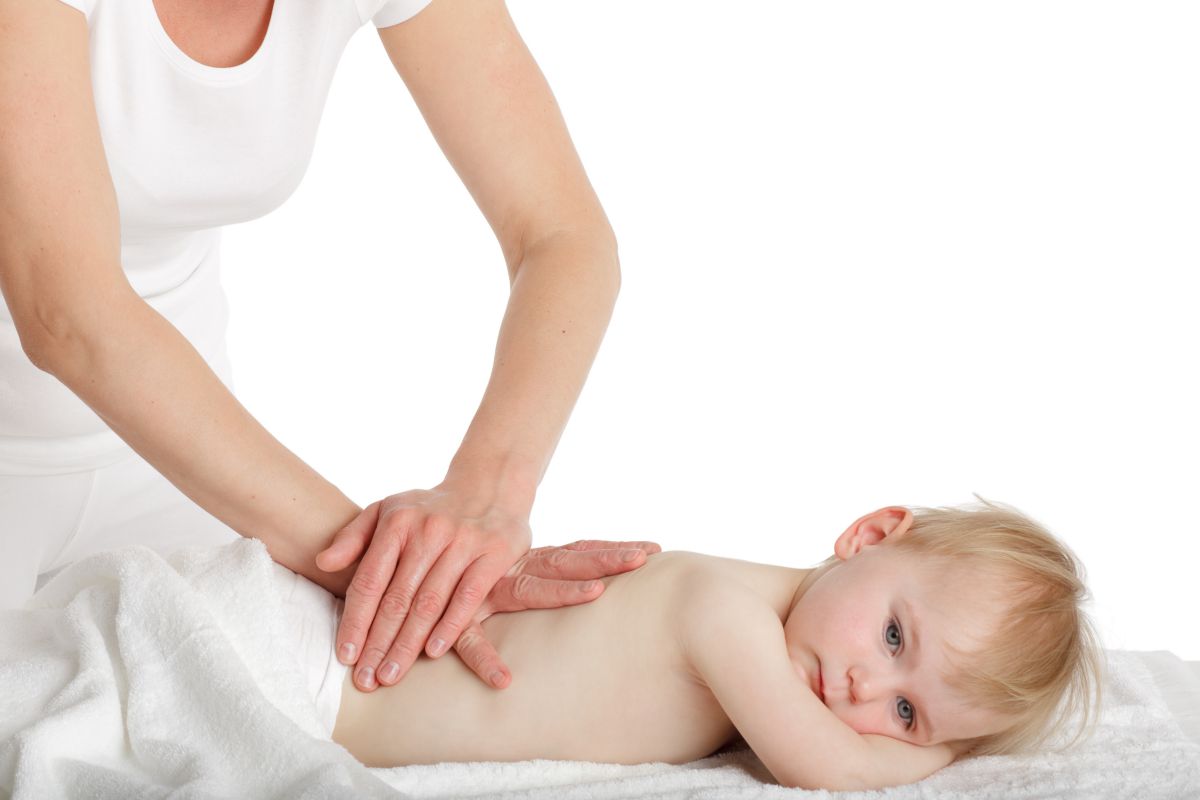 connection to their bodies and themselves.
connection to their bodies and themselves.Children at each stage of growth and development have different physical, emotional, and psychological needs. Physiologically, children’s bodies differ from adults in significant ways. In children, the nervous system develops progressively and is somewhat predictive by age. For this reason, massage therapists working with children need to practice ongoing communication so they can best understand the sensations that children are feeling. Open communication is a key element of massaging children.
Gentle loving touch helps to support respectful and non-violent communication in the family. Siblings learn to find more positive ways of engaging with one another when using massage and storytelling. Parents often find that after massage is introduced they find their children are less aggressive toward one another and that the home becomes more peaceful. Once children learn that they can express themselves in this way, a new opportunity for nonverbal communication is established.
One of the significant social impacts of massage for children and young adults is that is helps to establish a sense of personal boundaries and an awareness of the types of touch that do and do not feel good. Appropriate and respectful massage supports children in learning at a very young age about ‘good touch’ and forming a positive body image. This knowledge can serve them well in their future relationships.
Important Considerations When Massaging Children:
Please don't hesitate to contact us if you have any questions in relation to massage for children.
Children Massaging Children ("CMC") Instructor contact Toni O'Daly.